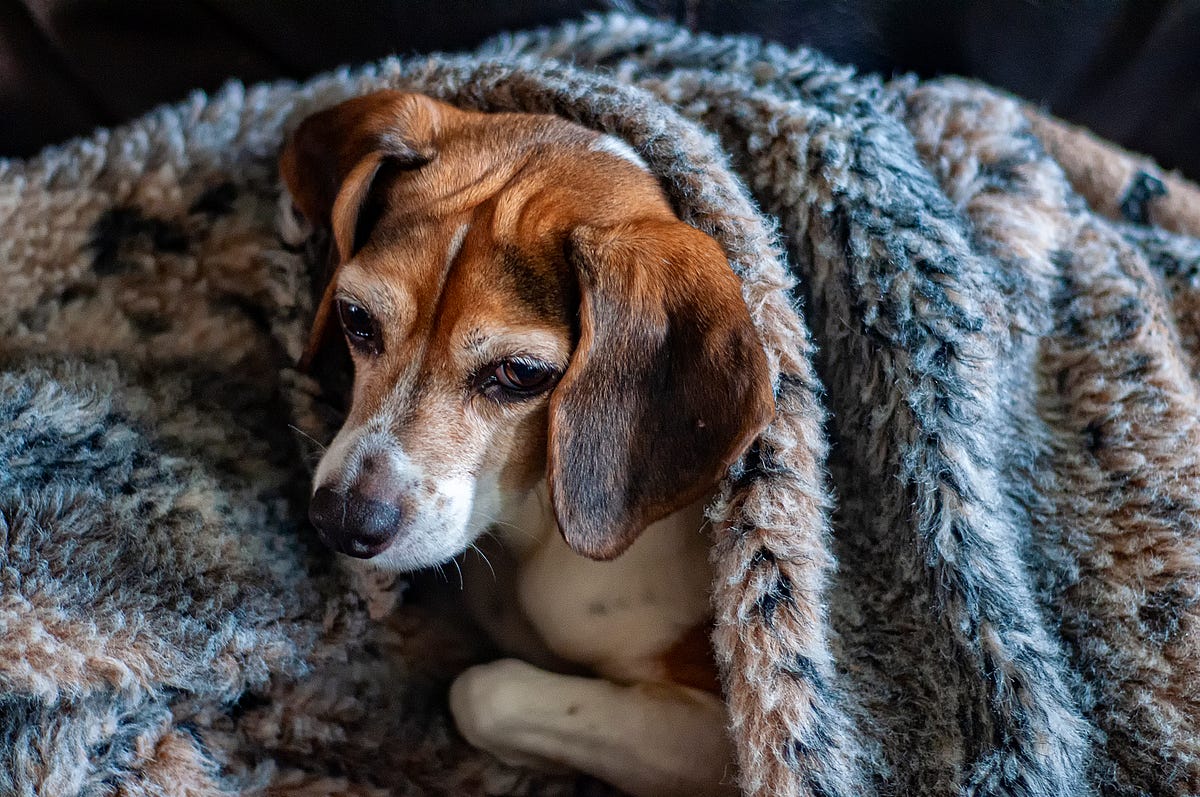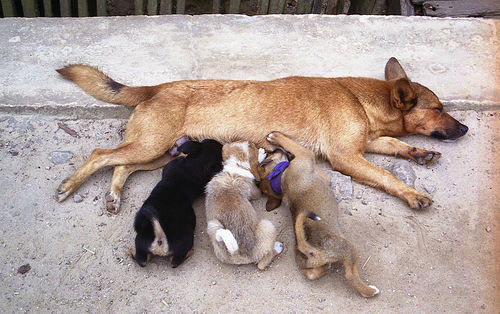The heat cycle, also known as estrus, is a natural part of a female dog’s reproductive process. Understanding this cycle is crucial for dog owners to ensure the health and well-being of their pets. This article will delve into the details of the female canine heat cycle, providing insights and tips to help you navigate this phase effectively. 🐾❤️

What is the Female Canine Heat Cycle?
The heat cycle is a period when a female dog is fertile and receptive to mating. It typically begins when the dog reaches puberty, usually between six months to one year of age, although this can vary depending on the breed.
Stages of the Female Canine Heat Cycle
The female canine heat cycle consists of four stages:
- Proestrus
- Duration: 7-10 days
- Signs: Swelling of the vulva, bloody discharge, increased urination, and changes in behavior such as restlessness or aggression.
- Characteristics: During this stage, males will show interest in the female, but she will not yet be receptive to mating.
- Estrus
- Duration: 5-14 days
- Signs: Lighter or straw-colored discharge, softened vulva, and the female becoming more receptive to males.
- Characteristics: This is the fertile period when ovulation occurs, and the female is willing to mate.
- Diestrus
- Duration: 60-90 days
- Signs: Gradual reduction in discharge, return to normal behavior, and decreased interest from males.
- Characteristics: This stage occurs whether the female is pregnant or not. If not pregnant, the body gradually returns to a non-receptive state.
- Anestrus
- Duration: 2-6 months
- Signs: No signs of reproductive activity.
- Characteristics: This is the resting phase between heat cycles, where the reproductive system resets.

Managing Your Female Dog’s Heat Cycle
- Recognizing the Signs
- Pay attention to the physical and behavioral changes in your dog to identify the onset of her heat cycle.
- Providing Comfort and Care
- Ensure your dog is comfortable by providing a quiet space and minimizing stress. Use doggy diapers or pads to manage discharge and maintain cleanliness.
- Preventing Unwanted Pregnancies
- Keep your dog away from male dogs during the proestrus and estrus stages. Consider spaying if you do not plan to breed your dog, which also helps prevent health issues like uterine infections and certain cancers.
- Monitoring Health
- Keep an eye on your dog’s health during the heat cycle. If you notice any unusual symptoms such as excessive bleeding or lethargy, consult your veterinarian.
Frequently Asked Questions
- How often do dogs go into heat?
- Female dogs typically go into heat twice a year, but this can vary depending on the breed and individual dog.
- Can a dog be spayed while in heat?
- It is possible but not recommended as the procedure can be more complicated and risky. It’s best to consult your vet for the optimal timing.
- What can I do to minimize the mess during my dog’s heat cycle?
- Use doggy diapers or washable pads to manage discharge. Regularly clean your dog’s bedding and the areas she frequents.
- How can I calm my dog during her heat cycle?
- Provide plenty of attention, exercise, and a calm environment. Interactive toys and chews can also help distract and soothe her.

Conclusion
Understanding and managing the female canine heat cycle is essential for every dog owner. By recognizing the signs, providing appropriate care, and taking preventive measures, you can ensure your dog’s health and well-being during this natural phase. If you have any concerns or questions, always consult with your veterinarian for professional advice. 🐶🌸

